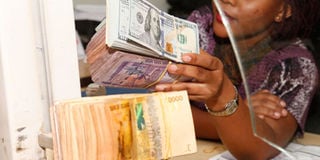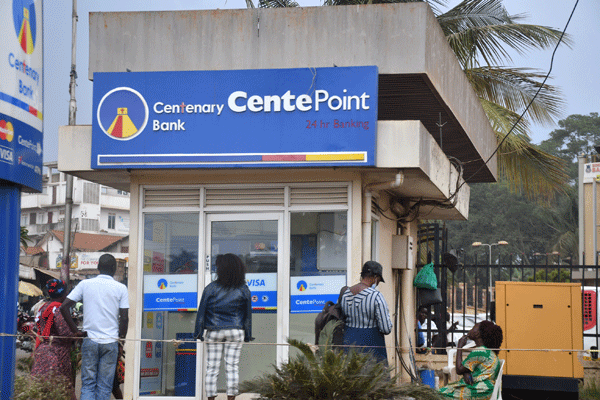Shilling posts highest appreciation in years

The shilling has been appreciating since the beginning of the year. PHOTO/FILE
What you need to know:
- The shilling, according to Bank of Uganda has been appreciating by an average of 1.95 per cent per month since the beginning of the year.
The shilling has recouped lost ground against the dollar, recording its highest appreciation in years.
The unit, which appreciated by 6.3 per cent in May, according to Bank of Uganda, was mainly supported by several factors, among which included depreciation of the dollar, increase in oil prices, increased private remittances and a rise in dollar inflows due to increased offshore investors in government securities.
Dr Adam Mugume, the Bank of Uganda executive director for research, early this week told Daily Monitor that the shilling had seen a persistent appreciation trend since January but was stronger during May.
“The appreciation of the shilling has been due to strong forex inflows, especially portfolio inflows, attracted by yields on government securities in comparison with yield obtainable on safe haven investments in advanced economies,” he said.
Government has been forced to issue more Treasury Bills and Bonds to mobilise money for both budget support and fiscal operations.
Dr Mugume said at the end of May, offshore holding of government securities was about $700m up from about $280m a year ago while remittances from workers in the diaspora have also been strong, totaling to about $840m between July 2020 and April 2021.
He also noted that domestic demand was still subdued but there was recovery in the imports sector.
However, Dr Mugume said whether the appreciation of the shilling, which is actually undesirable since it hurts exports, will persist, will be a question since the dollar and other international currencies, except the Japanese Yen, will trend in coming months since their inflation rates are above target.
“If advanced economies reverse their monetary policy easing stance, this could cause taper tantrum resulting in offshore investors in the domestic market to free back into currencies regarded as safe haven,” he said.
Also, international oil prices have been on the rise since the beginning of the year, which might result into increased demand for forex to import quantity of oil.
Last month, the International Monetary Fund said the share of the dollar reserves held by central banks fell to 59.02 per cent - its lowest level in 25 years - during the fourth quarter of 2020.
During the quarter the dollar dropped by 12 per cent from 71 per cent since the Euro was launched in 1999.
However, the IMF said these are temporally changes associated with the exchange rate globally.
“We see that the dollar’s share in reserves is held broadly, taking a longer view, the fact that the value of the dollar has been broadly unchanged,” said the IMF.
Reasons for appreciation
The appreciation of the shilling, according to Bank of Uganda, was mainly supported by depreciation of the dollar, increase in oil prices, increase in private remittances and a rise in dollar inflows due to increased offshore investors in government securities.




